Affordable housing for people with I/DD is in low supply. Learn what ALSO is doing to make a difference.
Affordable housing for people with I/DD is in low supply. Learn what ALSO is doing to make a difference.

Individualized education plans (also known as IEPs) are a necessary step in ensuring that students with disabilities receive a high-quality education that supports opportunities for reaching their full potential as fully included and productive members of society.
Well written and implemented IEPs put our young learners with disabilities on a solid pathway towards a successful adulthood. In other words, they become better equipped to reach goals in academic achievement, athletic and recreational ability, competitive employment, independent living, and positive social relationships.
ALSO (Advocates for Life Skills and Opportunity) is a premier service provider for individuals with intellectual and developmental disabilities. We’ve seen how IEPs have been fundamental in helping those that we support achieve their desired educational goals and become the adults they want to be. Here, we describe how IEPs help students with disabilities, how they’re created, and how they work. In addition, we’ll discuss how ALSO Support Services integrate with the IEP process to facilitate student success.
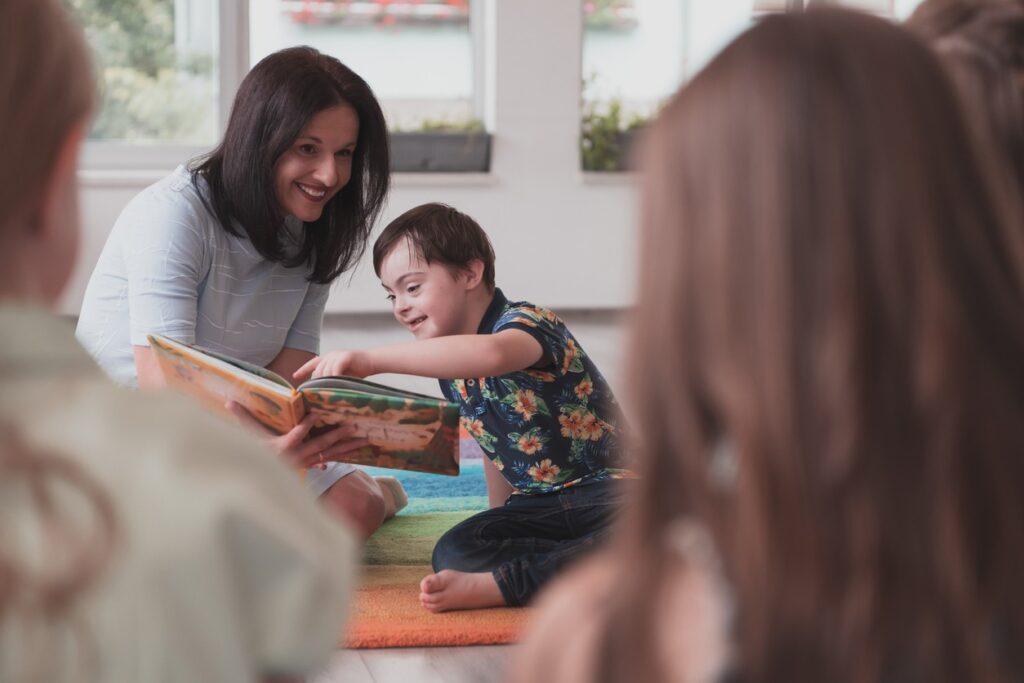
The individual education plan came into being in 1975 as part of what is now known as the Individuals with Disabilities Education Act (IDEA). A child’s IEP is considered a legal document. It’s essentially a written “road map” in which the entire IEP team works together to help the student meet and/or exceed educational goals in the least restrictive environment possible.
The IEP is more than just a written document. Rather, it represents the commitment of the school district and those involved in the education of the student regarding instruction, goals, and related services. As the name suggests, it’s a truly individualized educational plan, and is tailored to meet the specific student’s needs. This means that no two IEPs are exactly the same.
A child’s eligibility is evaluated when a teacher, healthcare professional, or other qualified individual provides a referral indicating that a student may benefit from participating in an individual education plan. According to IDEA, in order for a child to receive an IEP, they need to meet the following conditions:
LEARNING MORE: About the qualifying disability categories that make a child eligible to receive an IEP.
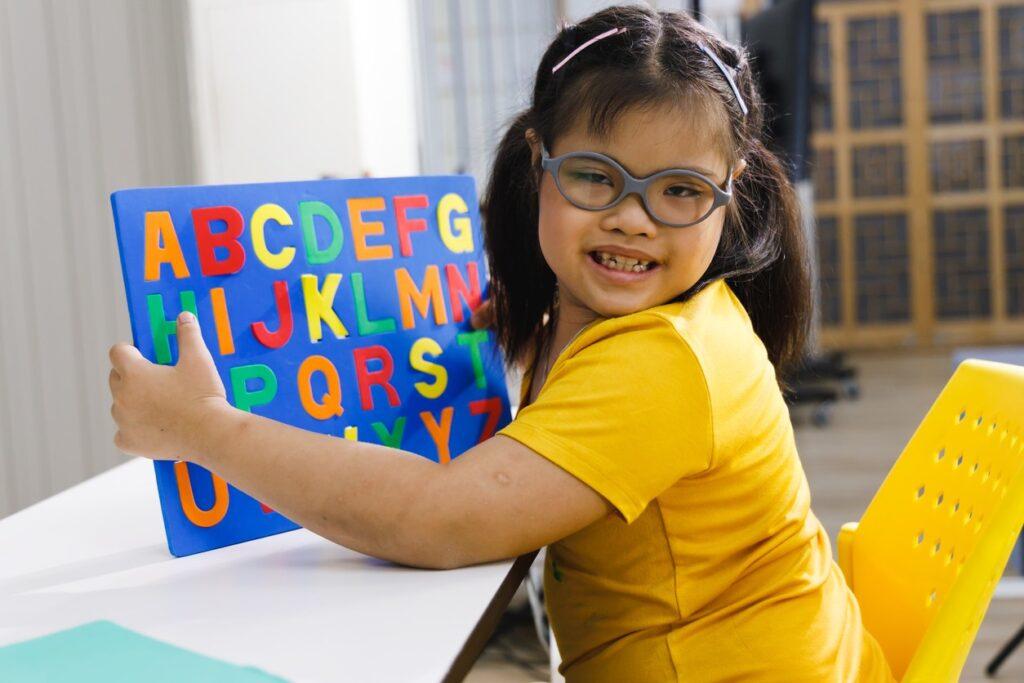
The IEP functions as a blueprint for the child’s educational needs throughout their journey in the public school system. It gives school personnel, along with the student and their family, the opportunity to collaborate on helping the child to meet educational goals and other milestones that are enjoyed by their peers who don’t have a disability. The IEP covers three main areas of the school experience:
IDEA puts forth numerous requirements regarding what the IEP must contain, including:
Every child’s disability creates different challenges, as well as strengths. Therefore, the types of program support will vary widely from student to student. Here are some examples of aids and related services personnel that can provide the necessary tools for student success.
Another very important mandate by IDEA embraces the concept of inclusion. All IEPs must describe the extent to which a child will be able to participate in the general education curriculum. If a child will be prevented from participating in regular classes, non-academic, or extracurricular activities, school personnel must explain the reasoning behind these limitations.
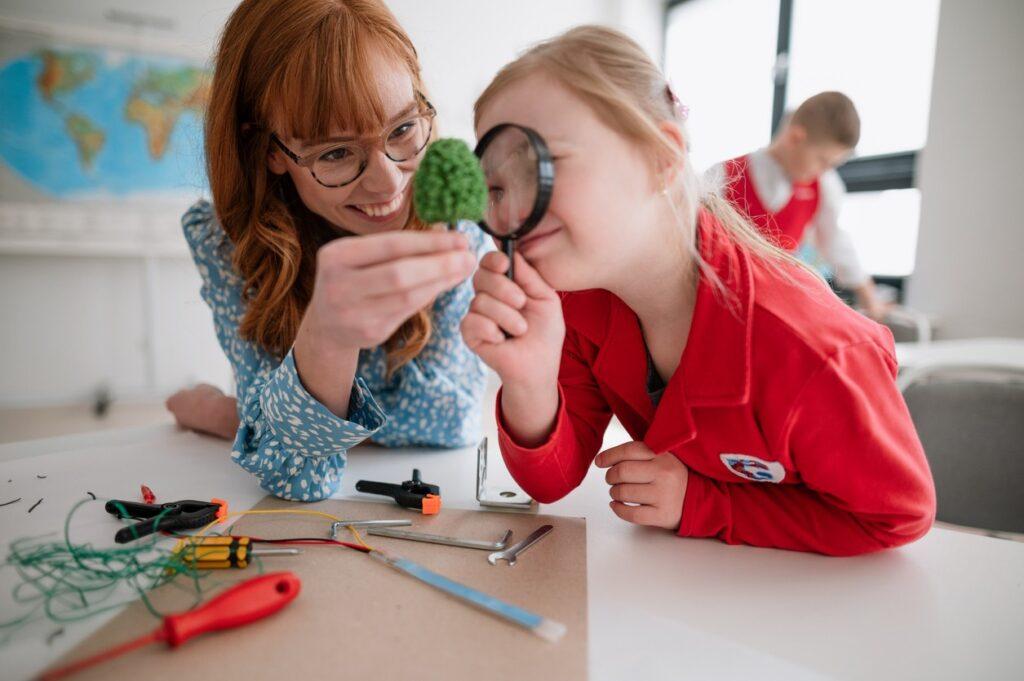
Once an IEP has been approved for a child, the IEP meeting must occur within 30 calendar days. Members of the IEP team include the child’s parents and/or guardians, teachers, healthcare professionals, and other key school personnel. Often, the student attends the meeting as well. They definitely have the right to self-advocacy!
The Individuals with Disabilities Education Act (IDEA) requires the following types of individuals are included on the IEP team:
The meeting results are a written statement on the child’s needs, current performance, and measurable annual goals for functional achievement. If the parents fail to attend the meeting, the meeting still can happen without the parents in attendance. However, if neither parent can attend the IEP team meeting, the school must use other methods to ensure their participation, including individual telephone calls or conference calls.
It’s required that the IEP be signed by the child’s parents. There is always the possibility that they might not agree with the findings and plan of the IEP meeting, either in its entirety or in part. Parents have the option to add an addendum, stating the parts of the IEP with which they disagree.

All students, whether they have a disability or not, will have changing needs, strengths, and challenges. They will progress from the wide-eyed and enthusiastic preschool years to the admittedly rough years of adolescence. This is why the policymakers, educators, legislators, and advocates who have taken part in the development and continued update of IDEA have intended the IEP to be a fluid document that continually follows a child’s progress and is reviewed and adjusted at least once per year. Additionally, as a student approaches the age of high school graduation, IDEA requires a statement of the transition services necessary for further academic education, independent living, and/or competitive employment.
Overall, the requirements regarding the composition of the IEP team represents a “meeting of the minds” of experts and advocates that work together towards the ultimate goal of student success. Of course, there will be disagreements amongst team members. But as long as those disagreements are constructive and respectful, the students will benefit from this extremely collaborative process. Before 1975, when IEPs were first required, students with disabilities were relegated to a confusing patchwork of siloed, sub-standard services that rarely led to equitable educational opportunities and community inclusion.
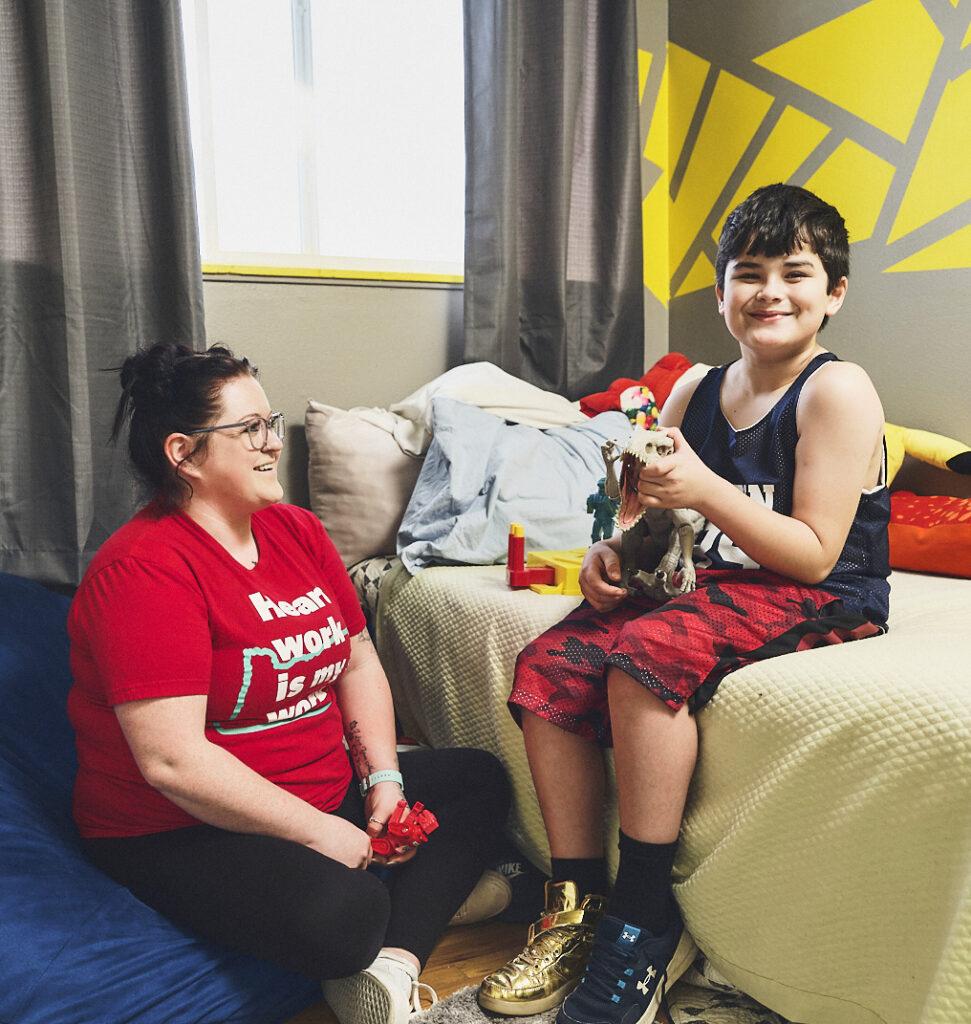
The Direct Support Professionals (DSP) at ALSO are fully dedicated and trained in person-centered support services. We take the time to understand the unique needs of individuals with intellectual and developmental disabilities as they proceed through their educational lives. Because we get to know the people we support so well, we have the advantage of being able to make solid recommendations regarding educational goals, extracurricular activities, and other school-related pursuits. Additionally, our Children’s Managers will often attend IEP meetings. Now when a child enters our Children’s Services Program, we will meet and advocate for the school we feel would best support them.
In addition to being well-tuned to the needs and strengths of those we support, we’re also collaborative partners in the educational process. As stated in our Core Values, we’re enthusiastic about learning from one another and growing together. Thus, we thrive on the knowledge that we are part of something that is bigger than ourselves.
With our 25-year-plus history serving the people of Oregon, our broad array of services shows how committed we are to our Mission and Vision. Our programming includes:
All of these support services involve facilitating high-quality educational experiences for school-aged children and the families we support.
LEARNING MORE: ALSO Chief Financial Officer Julie Leahy talks about how our services support people in being part of their community to “Live, Learn, and Earn.”
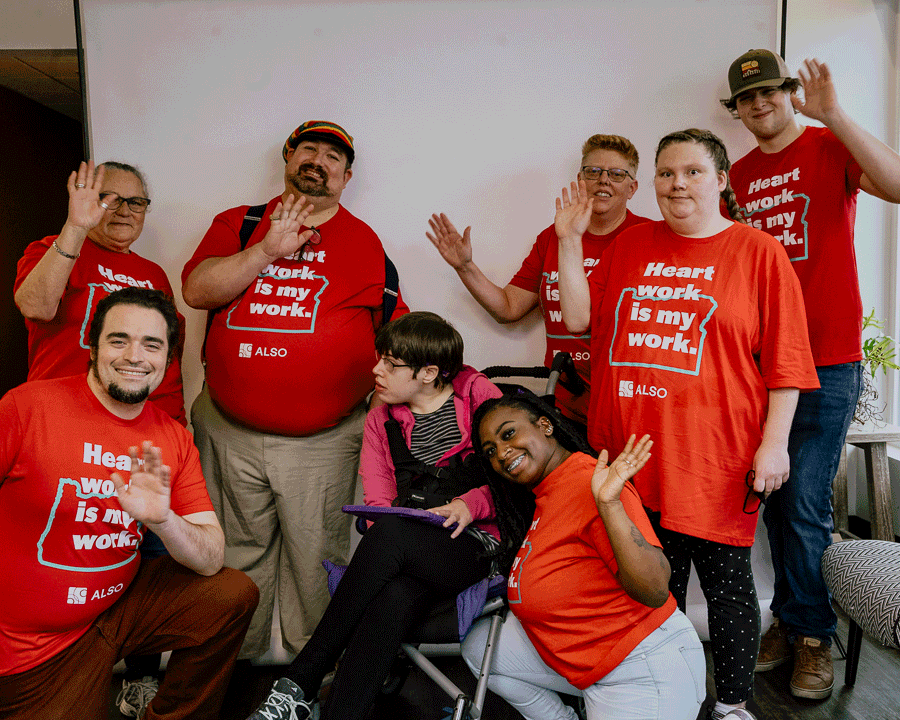
We continue to grow and would love to tell you about it! Currently, ALSO serves the needs of 9 Oregon counties. Since 1997, we have facilitated and witnessed amazing strides when it comes to full community inclusion for people with intellectual and developmental disabilities. We know just how an excellent IEP can contribute to an equitable education and a bright future. We invite you to learn more or better yet check out our careers and join our team!

Sign up for our newsletter to get our latest news, content, and job opportunities.
Help us ensure that everyone has the same opportunities in their home, workplace and community. Let’s make dreams!
